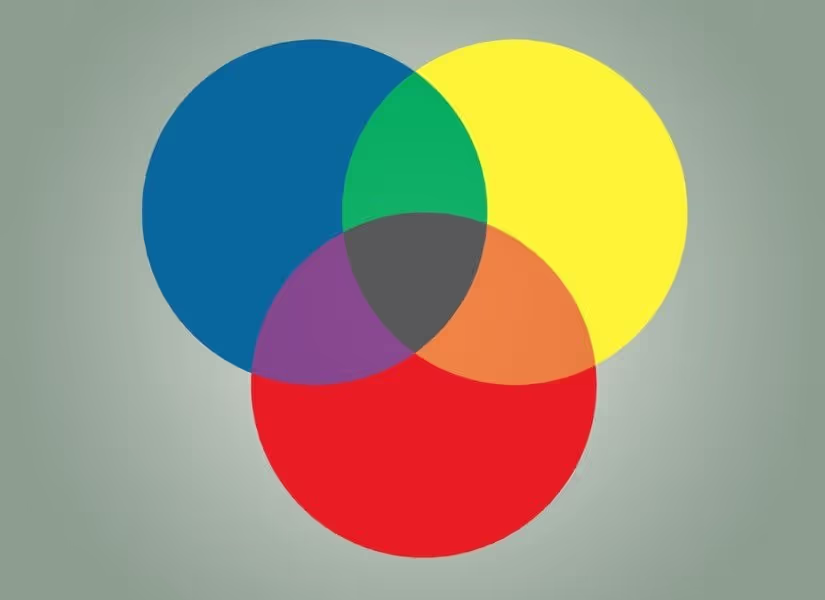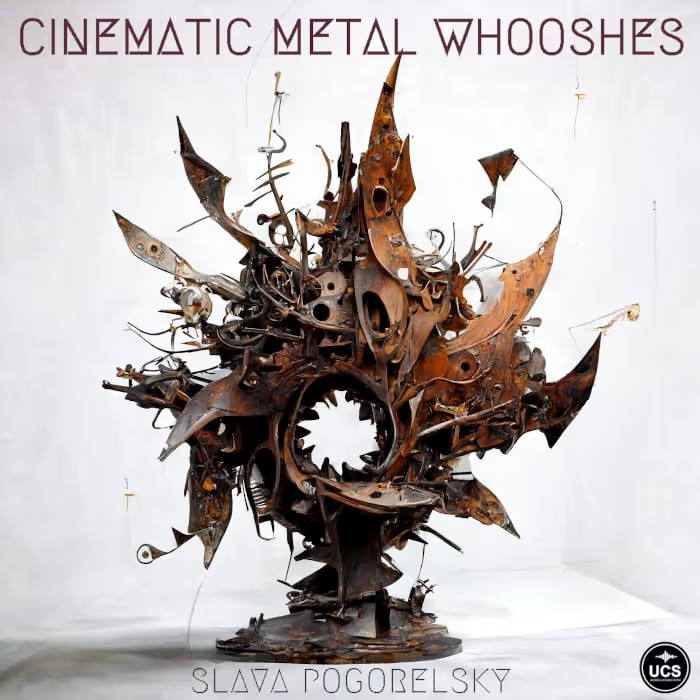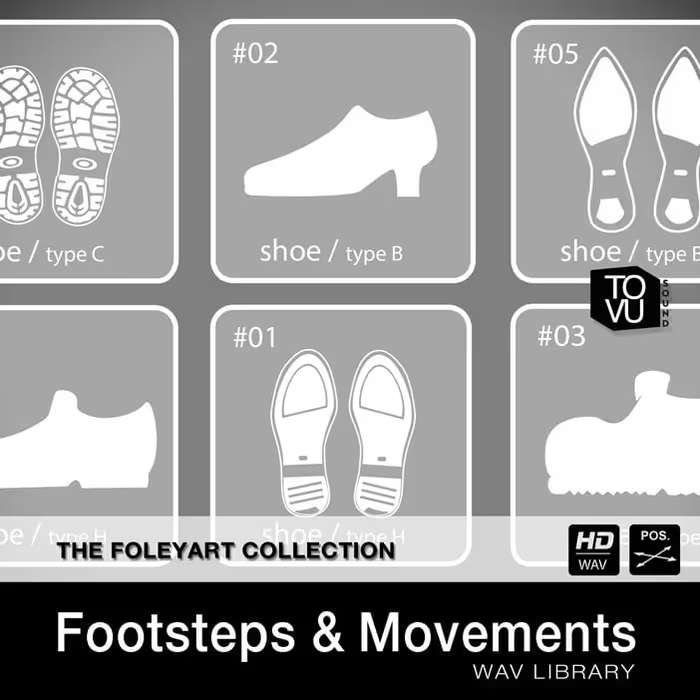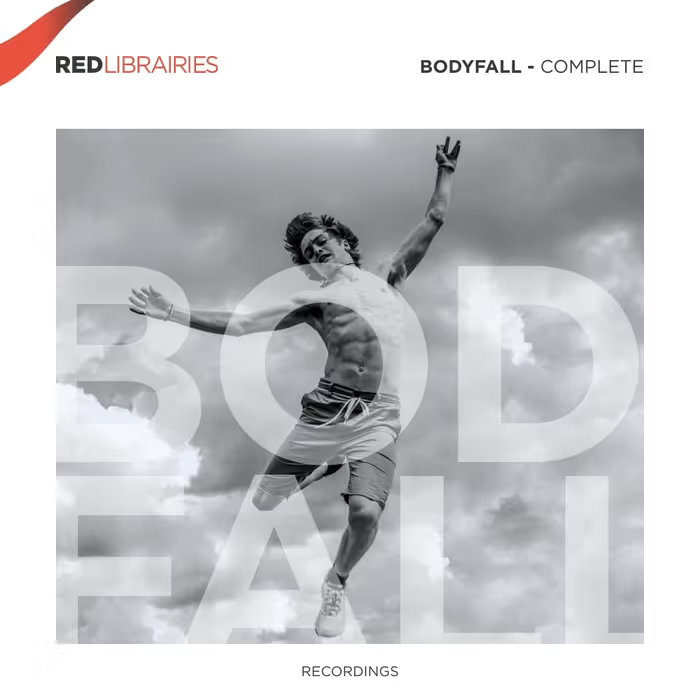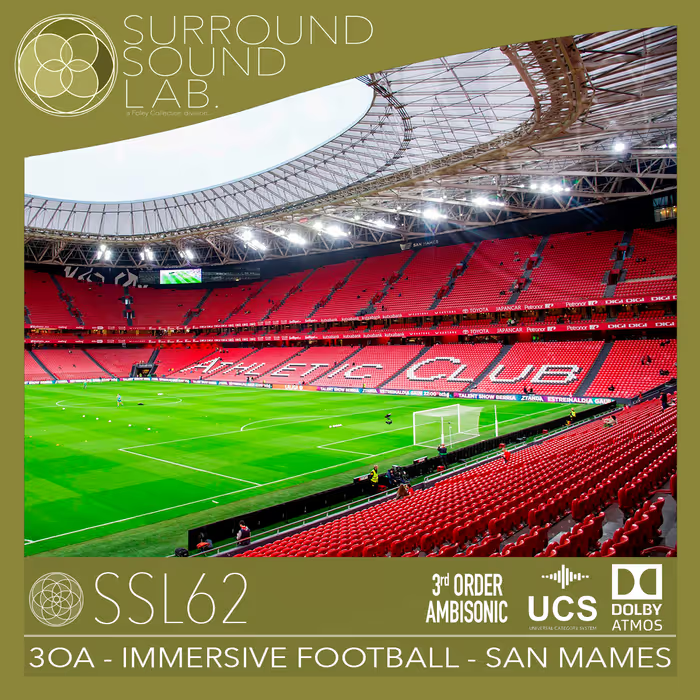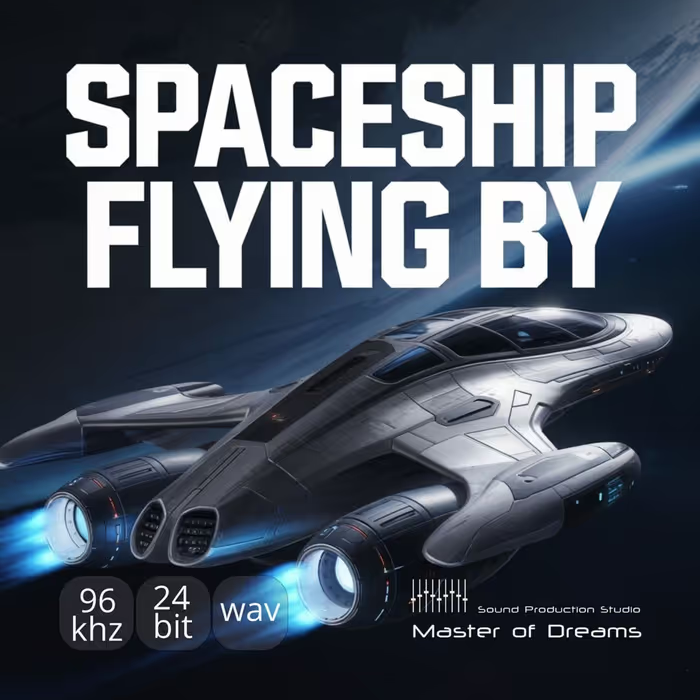Written by Barney Oram
Rule of Thirds is a technique I’ve been developing to foster creative re-iteration in my sound design work. It’s hardly a new approach, per se, but I’ve formalised it as a process and implemented it into my own workflow with great results. The phrase ‘Rule of Thirds’ is taken directly from photography, a technique by which the photographer uses a grid when framing photos to create a cohesive and pleasing image. I’m really just stealing the name – my approach doesn’t particularly bear resemblance to the photographic technique. The division of thirds is also fairly arbitrary for my approach, as I’ll go on to explain, but I found it to be a number I was most comfortable with.
As a sound designer, possibly the most important thing to learn is taste – a taste for what ‘works’
As a sound designer, I think possibly the most important thing to learn is taste – a taste for what ‘works’. The ability to understand aesthetic (be it defined by visuals, by direction, or by yourself) and practically apply that understanding in a proficient way is, in my opinion, what produces cohesive and impressive sound design. Some sound designers are inherently good at this – many are still figuring it out. I personally feel like I am still grappling with this concept, and I developed the Rule of Thirds approach out of the need to practice aesthetic understanding and aesthetic exploration in an easy way.
When initially approaching a sound design task, it can often be difficult, if not impossible, to design the perfect sound on the first try. With practice, it can become easier to get closer to initial perfection. Personally, I will almost never use the first sound I make. I have previously fallen into the trap of being content with the first sound I design, but I have slowly realised that I can miss potential to make the sound even cooler, by settling on my initial attempt, and not exploring everything a sound has to ‘offer’. As such, I needed a technique by which I was able to factor quick re-iteration into my workflow on the first attempt at creating a sound.
So, the Rule of Thirds approach is simply this; three steps of iteration for each sound you design.
Let’s unpack that with a conceptual example – this technique will work with any sound you need to create; say a rockfall, a reload, a magic attack, an explosion – even an ambience – anything.
[tweet_box]Rule of Thirds: A Sound Design Approach[/tweet_box]
Let’s use a magic attack, for a fantasy game or film, as our subject. Perhaps you may have an animation, or visuals, to design to – or maybe you are designing blind. Either way, you’ll jump into your DAW, and begin to craft a sound. Maybe you could pull in some organic elements, rocks, whooshes, synth textures, and squash them together to create your first attempt. It isn’t bad – it hits the timings you need it to, it communicates the ‘magic’ aesthetic, and performs as a functional sound. You know it can be better, but you don’t know how to make it better.
Choose a stimulus to work from and iterate with that in mind
This is where we can use the Rule of Thirds – you’ve already done a third of the technique – the first iteration. Now, you will re-design the sound, two more times, with a brand new approach each time. I recommend you choose a stimulus to work from – I usually use a word – and iterate with that in mind. Think of it as a trick to stimulate inspiration.
Take a concept like wide. You’re going to re-work or re-design your magic attack with wide in mind. Instantly, that provokes ideas – you could make more use of panning; you could use chorus effects to add to the width; you could add some subtle movement in the sound by automating an element to pan across the stereo field; you could avoid occupying the central channel for your core elements altogether; or you could duplicate your entire sound, pan hard left and right, and offset the timings by half a second to create a huge, wide sound.
It doesn’t have to be wide – it could be short, long, small, muffled, backward, thin, red, blue, obtuse, organic, quirky, comical, chunky, gritty, smooth, rocky, hot, cold, dense, wet, tonal, hollow, flexible, ornate… anything. Take a descriptive word, be it something related to your target aesthetic – or not – and re-work or re-design with it in mind.
Instantly, your sound has gone in a new direction, and you’ve explored a new aesthetic that you almost certainly wouldn’t have entertained had you approached the sound from a surface level analysis
That’s your second iteration, and second step of the Rule of Thirds technique, done. Let’s move onto the third. This time, let’s take a conceptual aesthetic to work with, rather than a descriptive term; steampunk, for example. Initially, there’s a lot of directions that this could be taken, especially considering steampunk and magic are generally not close neighbours, aesthetically. Perhaps you could use some more clicky, mechanical elements in your magic attack sound; you could use Foley elements like leather, or clinking gear, to punctuate your sound; or you could decorate your sound with subtle air or steam release sounds. You could even just use distortion to make the sound a bit more aggressive, a bit gritter.
Instantly, your sound has gone in a new direction, and you’ve explored a new aesthetic that you almost certainly wouldn’t have entertained had you approached the sound from a surface level analysis. If you do it subtly, and cohesively, it won’t seem unusual to the end user – they’ll just hear a cohesive sound and accept it as part of the product’s aesthetic direction. Only you will know that, in order to get to that final interesting sound, you had to follow a slightly unorthodox approach. And again, it doesn’t have to be steampunk. It could be any aesthetic, any genre, that you weave into your sound.
Here’s a practical example, with some sounds I’ve designed. I decided to make the sound of a big metal machine – perhaps some kind of hydraulic press in a factory, or maybe even a huge robot’s footsteps. It’s perhaps not the best sound I’ve ever designed, but it communicates the idea – and also could represent an attempted first-pass at a sound design task. I began by making a big, chunky sound – lots of metal elements, some punchy transients, some nice mechanical movements and some servos – arranged them into a rhythmic pattern, and created a couple of extra variations by subtly shifting clip timings. I tried to keep the elements relatively raw, minimal processing was used and I mainly capitalised on some great source. You can hear the resulting sound below.
Next, I copied my first sound, and chose a stimulus to re-design it with. I decided to make it tight. So I worked with the original layers, stripping back the overlapping aspects, tightening up my fades, layering in some new elements for more of a rhythmic flow to the sound. I also accentuated the transients a lot more, making them shorter and adding some elements to the initial transient to make it more sharp and harsh. I also shortened the servo sounds, and used pitch to make them feel quicker, smaller and more accurate. I think the resulting design is much tighter than the original – and whilst maintaining some elements, has taken on a new life of its own. You can hear the resulting sound below.
Lastly, I decided to pick a conceptual aesthetic to work with. I chose an aesthetic close to my heart – Sci-Fi. Again, I copied my original sound, and took it in a completely different direction. My approach to Sci-Fi sound design currently rests upon modulation, and I used a few of my favourite plugins to warp and bend the elements. I decided to flatten my transients and make it more of a flowing, washy sound, whilst maintaining the rhythm of the original. The result is a spluttering, rubbery Sci-Fi style sound, which would be great to describe an alien or future energy. You can hear the sound below.
For me, approaching my sound design in this way has proven to be very helpful. I usually find that creating a sound three times, twice from different mindsets and aesthetic approaches, can yield great results. I think it’s about forcing my brain to consider a sound in a different context, and typically that context can stimulate enough ideas for me to make a sound much more interesting. As I said, three is arbitrary – you could, and should, re-iterate on a sound as many times as you need (or as you have time to) til it’s as close to perfect as it can be.
I hope this is an interesting look at my approach, and I hope it is useful. I’d love to hear how you’ve used it in your own work.
Barney Oram is a video game sound designer, currently working for Cloud Imperium Games on Star Citizen. He’s passionate about designing sounds, and creating audio experiences that are visceral and exciting. Barney is an active member of the game audio scene in the UK and online, and is a co-host of the Soundbytes Podcast, a monthly podcast focused on games and audio. He can be found on Twitter, and on his personal website.

